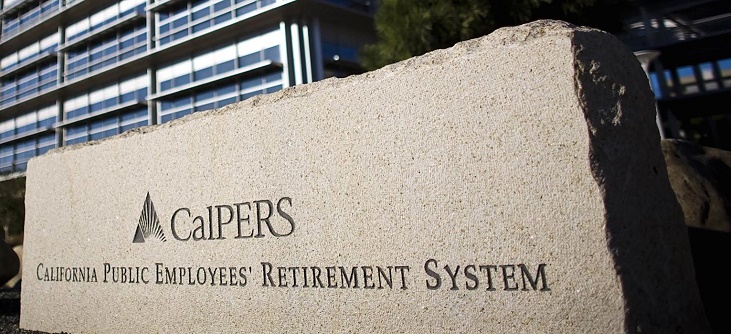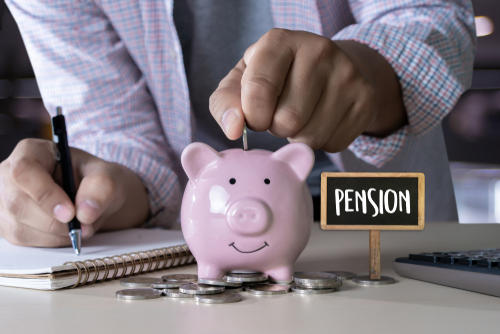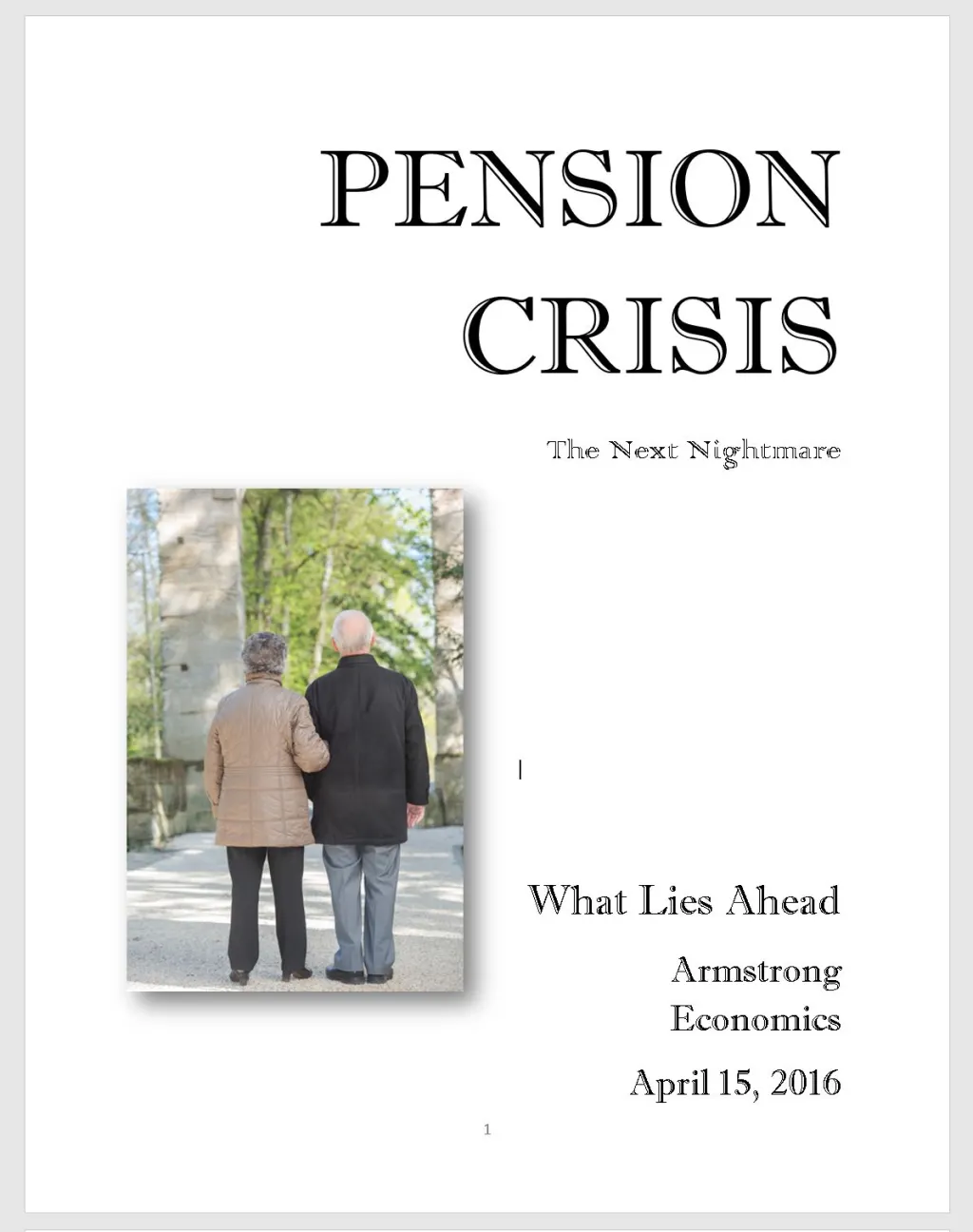COMMENT: Facing a vicious circle of conflicting demands and priorities, the California Public Employees Retirement System is turning to debt – a risky scheme to borrow billions of dollars in hopes of juicing its investment returns.
The California Public Employees Retirement System, the nation’s largest pension trust, benefited greatly from the runup in stocks and other investments during the last few years, topping $400 billion early this year.
CalPERS needed it because it was still reeling from a $100 billion decline in its investment portfolio during the previous decade’s Great Recession and was tapping state and local governments for ever-increasing, mandatory “contributions” to keep pensions flowing and reduce its immense “unfunded liability.” But it faced a backlash from local officials who said vital services were being cut to make their CalPERS payments.
Just when CalPERS appeared to be climbing out of its hole, the COVID-19 pandemic erupted early this year, sending the economy into a tailspin. Virtually overnight, the fund saw its value take a $69 billion hit as the stock market — CalPERS’ biggest investment sector — tanked. Stocks have since recovered, but CalPERS is still down about $13 billion from its high early this year.
Further investment erosions would, almost automatically, trigger even greater CalPERS demands for contributions from government employers, but the recession is also eating into their tax revenues, creating substantial budget deficits.
It underscores CalPERS’ vulnerability to capital market gyrations. Investments more immune to fluctuations would be safer but they offer very low returns and CalPERS could not safely meet its lofty earnings goal — an average of 7% a year.
It’s a vicious circle of conflicting demands and priorities, driven by an official policy of providing generous, inflation-adjusted pensions for government workers, bolstered by the political clout of public employee unions.
CalPERS desperately needs an escape route and has chosen the perilous path of debt.
It plans to borrow billions of dollars — as much as $80 billion — to fatten its investment portfolio in fingers-crossed hopes that earnings gains will outstrip borrowing costs. It mirrors the recent and risky practice of local governments borrowing heavily to pay their pension bills via “pension obligation bonds.”
“More assets refers to a plan to use leverage, or borrowing, to increase the base of the assets generating returns in the portfolio,” the system’s chief investment officer, Ben Meng, wrote in the Wall Street Journal recently. “Leverage allows CalPERS to take advantage of low-interest rates by borrowing and using those funds to acquire assets with potentially higher returns.”
What could possibly go wrong?
The new scheme is an implicit admission that CalPERS can’t meet its 7% mark without increasing its exposure to the vagaries of the market. “There are only a few asset classes with a long-term expected return clearing the 7% hurdle,” Meng wrote.
Perhaps, then, the real problem is the 7% goal, much higher than those of private industry pension plans.
CalPERS and other public systems use higher earnings projections because they need them to pay for the expensive pensions that politicians have awarded. Inferentially, if they fall short of the mark, they can tap employers — i.e. taxpayers — to close the gap. However, that option is pretty much maxed out, which may explain why the very risky borrow-and-invest approach is being adopted.
This is serious stuff, so risky that the Legislature should dump its informal hands-off policy toward CalPERS and order up a comprehensive and independent examination of the system’s assets, liabilities, and long-term prospects of meeting its pension obligations.
SB
REPLY: We are looking at state and local pension funds collapsing. There is not much they can do. This is the collapse of socialism of which I am referring to. This is why the 2020 election will be so critical. The left is determined to overthrow Trump because they are looking to raise taxes dramatically. The World Economic Forum is already suggesting a 400% increase in taxation in Europe. These people are insane. We have states raising property taxes between 30-40% because the lockdowns have deprived them of revenues that are pushing pension funds over the edge. They are brain dead, for so many people live hand-to-mouth and cannot afford such drastic increases in taxation. The Democrats are really hoping to draft Hillary for they believe that is their best shot to beat Trump. This is the entire objective for career politicians who have no real business to return to and they will always exempt trusts and themselves. Trump would never agree to the agenda and this is the battle to the death here in 2020.










